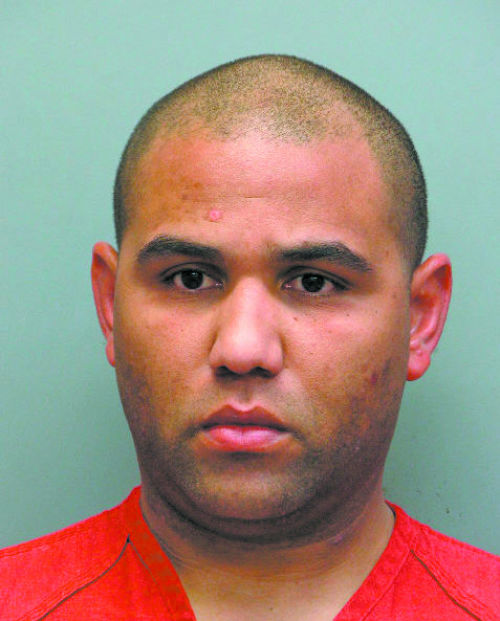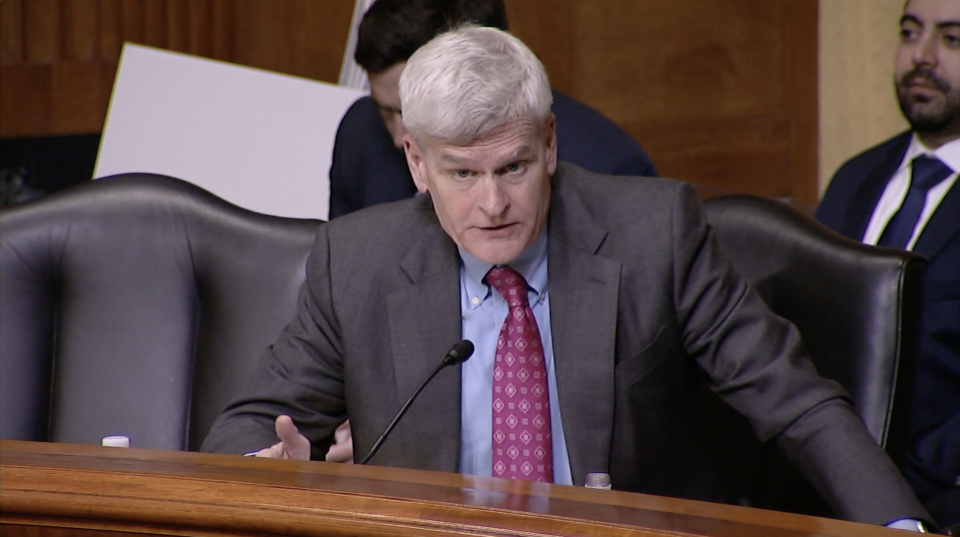
Cop’s meth arrest stuns brethren
July 29, 2014
Suspected shooter pleads not guilty
July 29, 2014College is the time in the lives of many young people when they grow into the adults they will become.
But at Nicholls State University, students aren’t the only important things growing.
That’s because more than a dozen student volunteers joined faculty members collaborating with Shell to help restore Port Fourchon’s beaches with grass grown on their very campus.
Thanks to a $40,000 coastal restoration grant from Shell, the university located on the northern end of the parish could lend a helping hand to beaches – and more importantly businesses behind those beaches – on the southern end of the parish.
“Shell has supported our plant materials for the last four years and what that does is it allows us to do things like this planting,” said Nicholls Associate Professor in the Department of Biological Sciences and project leader Dr. Allyse Ferrara.
After cultivating a beach and dune grass called bitter panicum at the Nicholls Farm, the university contingent made up of about 23 students and faculty members harvested the grass July 16 and planted the grass July 17.
“It’s a very pretty grass. It has a bluish-green tinge to it. It’s very common on our beach areas,” Ferrara said.
In fact, Ferrara said bitter pancium is a great grass for this project because it’s very hardy.
“If you were to actually dig down you would see that the base of that plant is probably anywhere from under six to 12 inches of sand so it can handle being buried,” Ferrara said.
Upon their arrival in Port Fourchon July 17, the volunteers planted the grass on top of the western edge of The Lafourche Parish Port Commission’s recently-completed 5,300-foot Geo Tube project
Greater Lafourche Port Commission Executive Director Chett Chiasson said the roughly $4 million project was done to replenish the beach head and recreate a dune in the aftermath of hurricanes dating back to 2002.
“When you go out there, all you see is a dune, but there’s actually a structure inside of that sand. That is an easy, quick way to create a dune, and when the sand on the top of it goes away, the idea is that Geo Tube is gonna stay in place and protect the beach head on the back side of it,” Chiasson explained. “We knew that planting should take place in the area to help keep that sand material that we just recently placed, so fortunately there are groups such as Nicholls who take groups out here to do some planting and work.”
Even though the 1,000 feet of planting the Nicholls group did is small compared to the roughly mile-long project protecting Port Fourchon, Chiasson said every little bit counts.
“You just look at the economic importance of Port Fourchon and what it means not just to our region but the state and the national economy. Anything that we can do to protect and preserve that beach head – our first line of defense – is very important,” Chiasson said. “We anticipate is throughout the coming months and years there will be more planting in the area to keep that sand in the area together with the root systems to be able to maintain into the future.”
And he hasn’t seen the last of help from Nicholls either. Ferrara said her group will be doing more planting in Port Fourchon in either October or November, plus they will help clean Elmer’s Island Sept. 20 as part of the International Coastal Cleanup.
“It’s absolutely critical. Everything that we can do needs to be done. I encourage people to participate in as many volunteer efforts as they can,” she said.
All Nicholls students are encouraged to volunteer for this endeavor, and service hours can be acquired. Look for cleanup effort updates on the Biology Society’s student organization page on Nicholls.collegiatelink.net, the Nicholls alumni Facebook and Twitter pages or contact Ferrara by email at allyse.ferrara@nicholls.edu.







